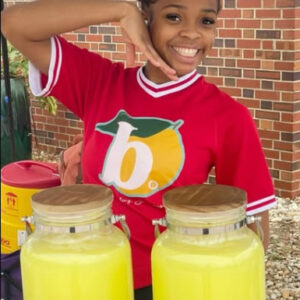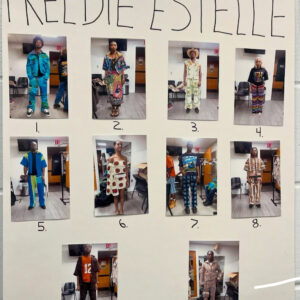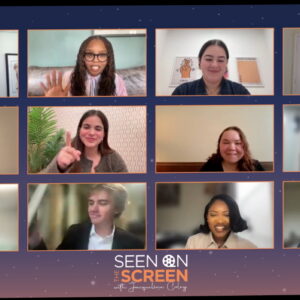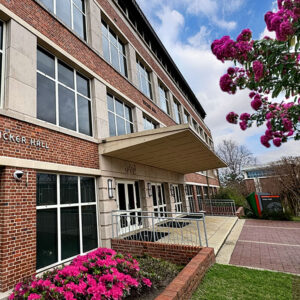Race & Gender | August 12th, 2020
Metrosexuality is a Myth
By: Kailyn Rhone
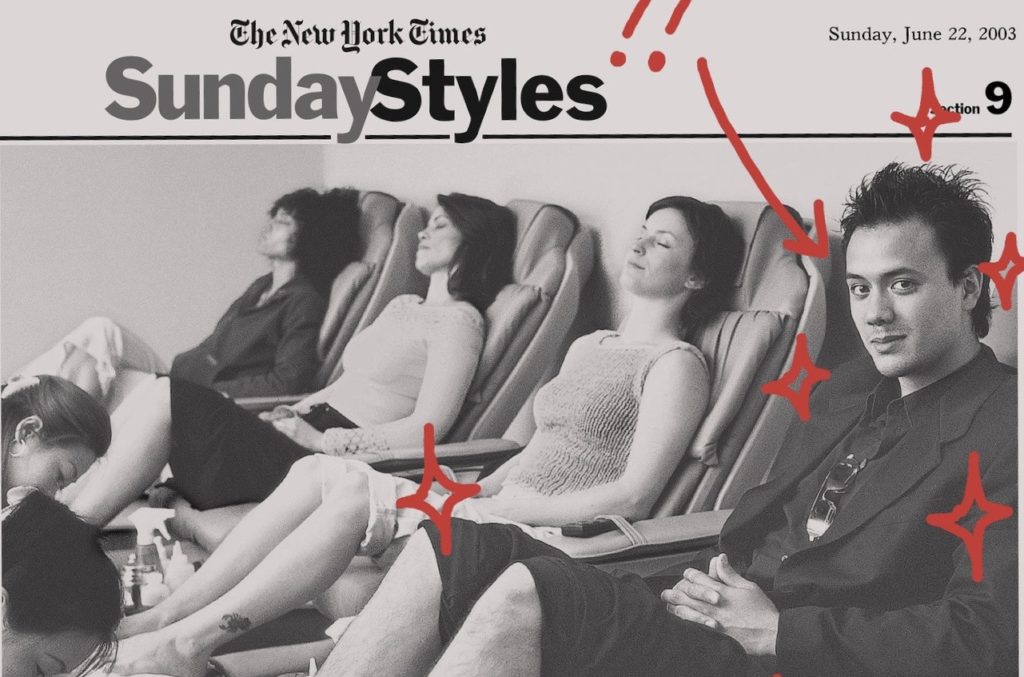
In this op-ed, Florida A&M University junior Kailyn Rhone divulges the myth behind metrosexuality and its needed erasure from our colloquial vocabulary.
The ‘90s: a decade raging over a sea of the hottest boy bands, latest Blockbuster movies and iconic grunge fashion trends that we still reminisce about today. However, is anyone still raging about the introduction of the term metrosexuals that emerged in the mid-90s?
Journalist Mark Simpson undisputedly sparked this craze when he coined the term in an article for The Independent in 1994. Yet, the word — referring to a heterosexual male with a meticulous interest for fashion and a distinct connection with his feminine side — was profoundly mentioned around or before the 80s.
Aesthetic fashion and self-care have been imperative to several men since the beginning of the 19th century when fashion trends, like men sporting earrings and longer hair, began to popularize. Introducing a new term under the guise of inclusion, unfortunately, created an unnecessary division within our concept of what masculinity encompasses in our communities, hence why the term should be deleted from our vocabulary.
“It’s probably controversial when you have people who might identify as being male but dressing in more feminine clothing, but even that is becoming less and less unusual,” said Samuel Staley, director of the Devoe L. Moore Center in the College of Social Sciences and Public Policy at FSU. “To me, the metrosexual term really speaks to this blending of identities and that in an urban environment, which is tolerant of diversity of all different types, is a way people express themselves.”
Staley added, “It’s very much an outward expression, in the sense that it’s not necessarily an internal expression. In the sense that my gender identity is a personal thing, it’s how I see myself. Whereas metrosexuals [are] much more of a projection and an outward identity.”
Though this term was explicitly geared towards men in urban and metropolitan areas, men across the nation were being pampered and managing their well-being like the average woman. Metrosexuals became a pawn for big businesses in the marketing world as they gained more income and engagement from men who indulged in what was previously deemed feminine-only categories.
While some people were subconsciously putting heterosexual males into an undesired category, this was becoming the norm before the exposure of the term metrosexual. Now, modern society has sparked a rise of heterosexual males producing hair-care products and fashion lines, which some would not even know about this term’s existence.
Clarence White, Social Media Influencer & Fashion Designer
Clarence White, affectionately known as Clarence NYC, is a social media influencer and fashion designer with his label, “Designed By White.” He prefers to be well-kept to upkeep his image because he is a public figure and a brand ambassador for Fashion Nova, an online store geared towards women yet has a men section. Born during the era of metrosexuals in 1993, he doesn’t seem to view himself as one. Even though he has similar features, most still perceive him as manly and not particularly possessing feminine qualities.
Fashion trends came popular in the 19th century, not just the 90s. Most heterosexual men always had a passion for fashion before the appearance of this term. Fashion trends for men in the 90s do not have a big difference between today’s hottest trends or the previous decades before the 90s.
A prominent example is frosted hair tips, which became popularized in the 90s with famous icons that confidently wore the style like Justin Timberlake and Zac Efron. It is common now for a straight man to dye his hair a completely different color without most people questioning your sexuality or being “in touch with your feminine side.”
Referring back to hairstyles, long hair for males was a big trend around the 60s and became the new norm around the 70s and required more investment for men in the area of hair care products. Yet, it is normalized now for a male to be considered high maintenance and keep up with his features without questioning their sexuality or being referred to as a feminine marketing term.
Florida A&M University student, Kaleb Levarity, shares his insight on how he may fit the criteria but does not consider himself to be one.
Kaleb Levarity, Florida A&M University Student
“No, I do not consider myself to be metrosexual because although I have high interest in my appearance, I do not take any extra steps to groom myself,” says Levarity, a third-year accounting student. “My routine is like many others where it is simply getting a haircut from a barbershop, and all the rest is done by myself because it’s not much of a priority for me. However, I do take great pride in ensuring that I am presentable and stay accountable of how I look at all times.”
University of Florida student Emoijah Bridges also sheds light on how she views the term to be irrelevant.
“I believe that the term metrosexual is unnecessary because it is categorizing men who feel comfortable not embracing in toxic masculinity. Society declares that men and women, in their own separate genders, act according to their gender,” says Bridges, a second-year journalism student. “However, utilizing the term metrosexual is unnecessary because not every man wants to act strictly masculine. What’s wrong with a man embracing certain things we think are for females? By categorizing that man under this term, we make it seem like he is abnormal.”
The term creates the most diversion in the repeatedly asked question of what community do metrosexuals belong to in terms of sexuality. Though the word is geared towards heterosexual males, it’s mainly referred to as a male not being so manly and more feminine.
The term puts metrosexuals into a distinct category that most communities would not accept because they do not fit the majority’s criteria. Some people in the LGBTQ community did not want to include heterosexual males because it creates confusion in their search for a potential lover or partner.
Even some women were upset that men were now being treated the same as them and not being as manly as they would like or prefer.
“There was a time when men cared only about catching athlete’s foot. Now some men are in the bathroom longer than most women,” says Loni Love, actress and comedian, on an opinion page for The New York Times. “They use special hair products and face creams to smooth out their skin. They are waxing and bleaching areas of their bodies that women don’t even notice. All a man needs to do in the bathroom is shave, trim the nose hairs and shower so he will not smell like a farm animal. Take your shower, slap on some Old Spice and get on with your day.”
If women won’t accept them, who they are attracted to, and the LGBTQ community won’t accept them, who will accept them besides themselves?
The metrosexual construct became a gold mine for journalists and marketers in the 90s, but in recent years of inclusion, it is now enveloped in masculinity. It should no longer be acted as a pawn for the marketers as most fashionable, heterosexual males only want to be viewed as heterosexual and not isolated from their masculinity.
